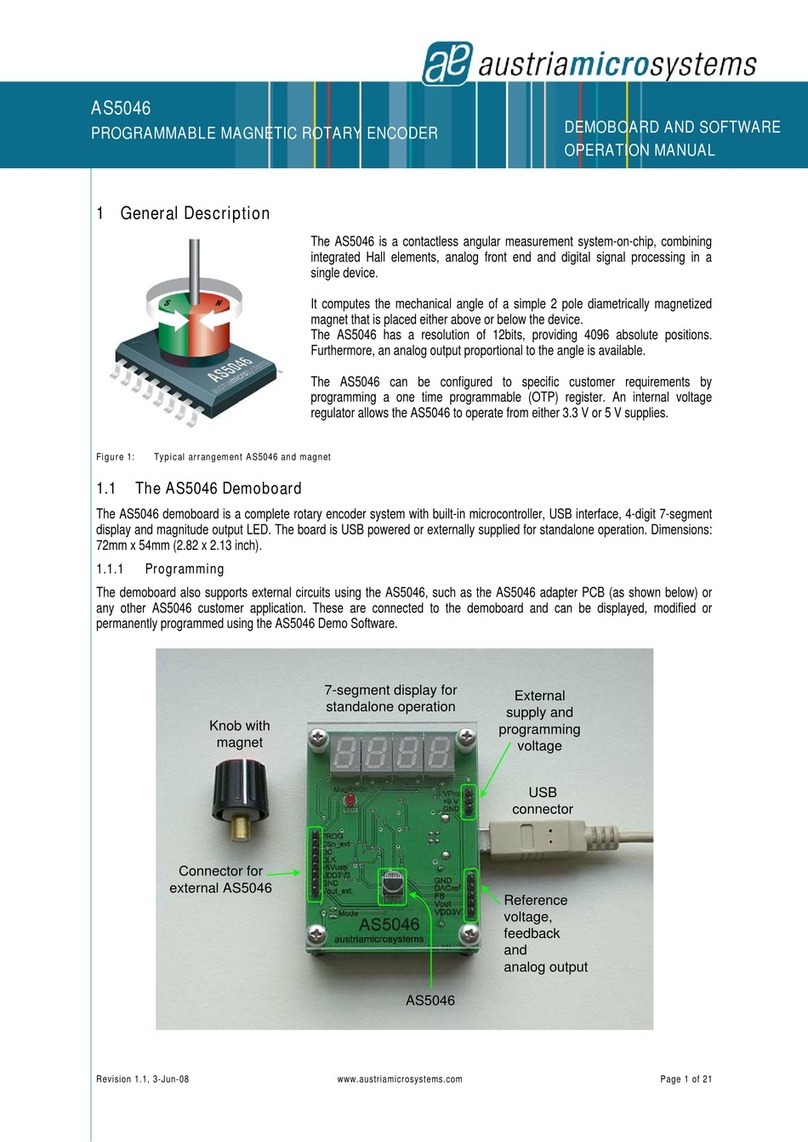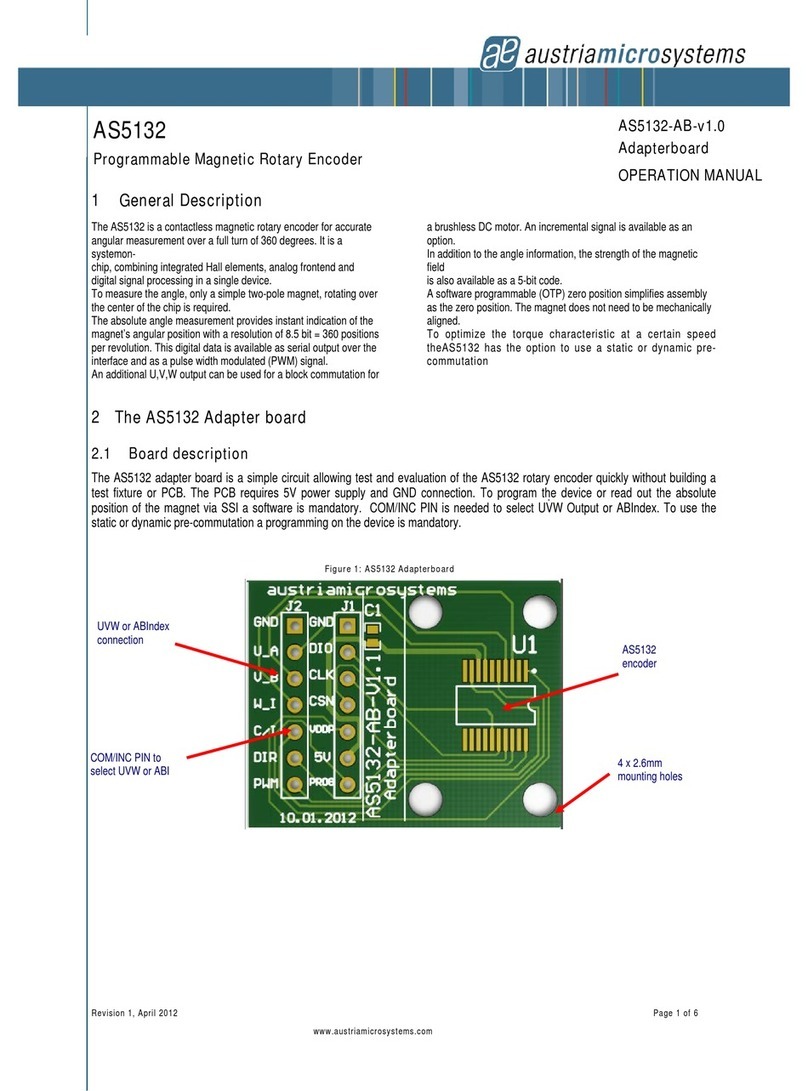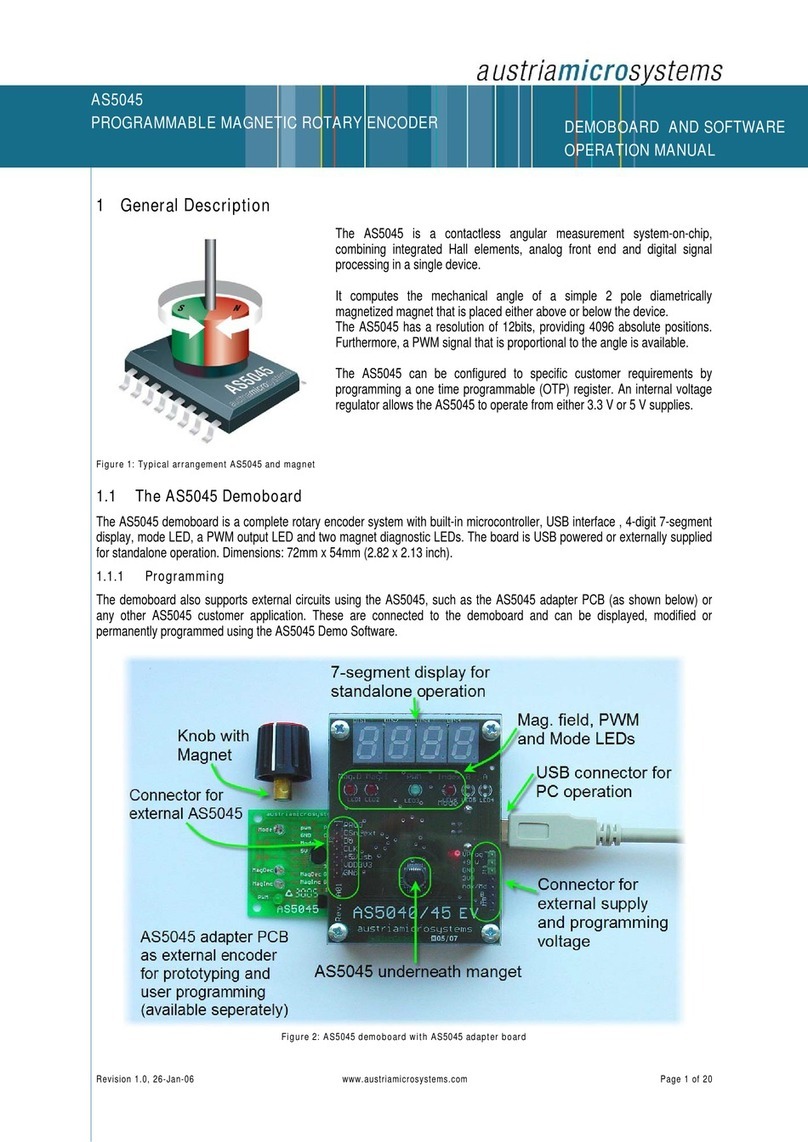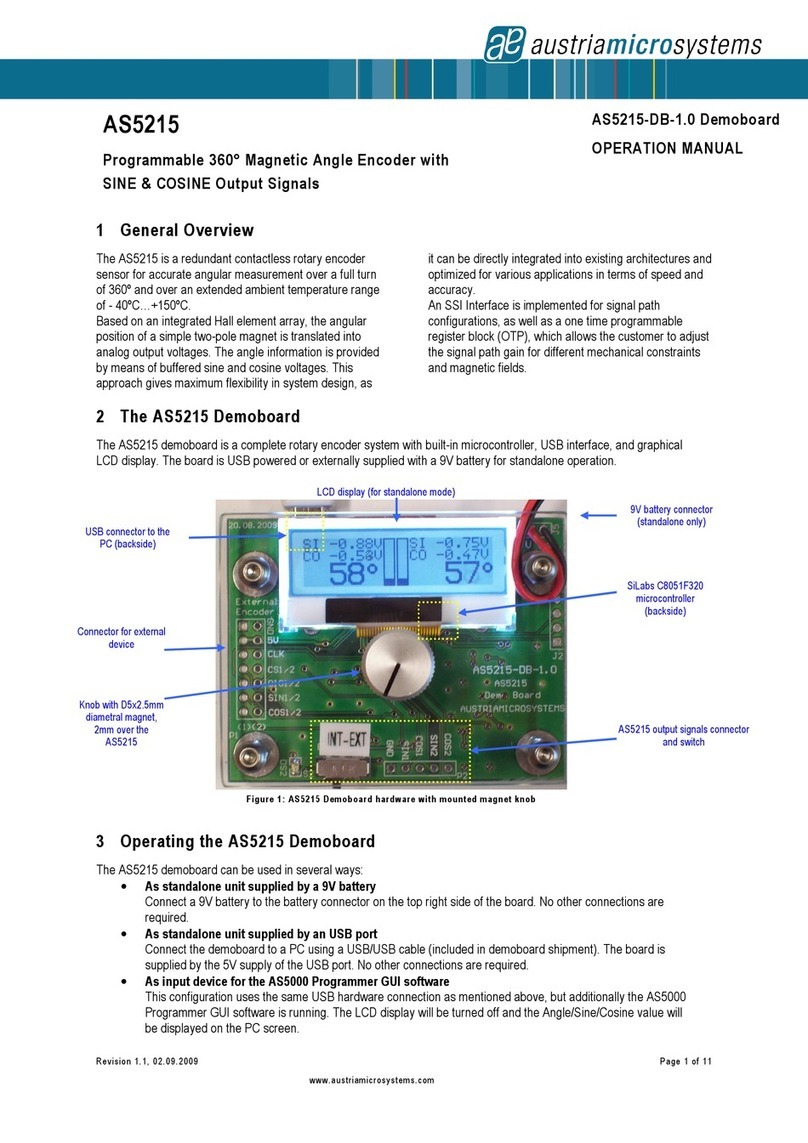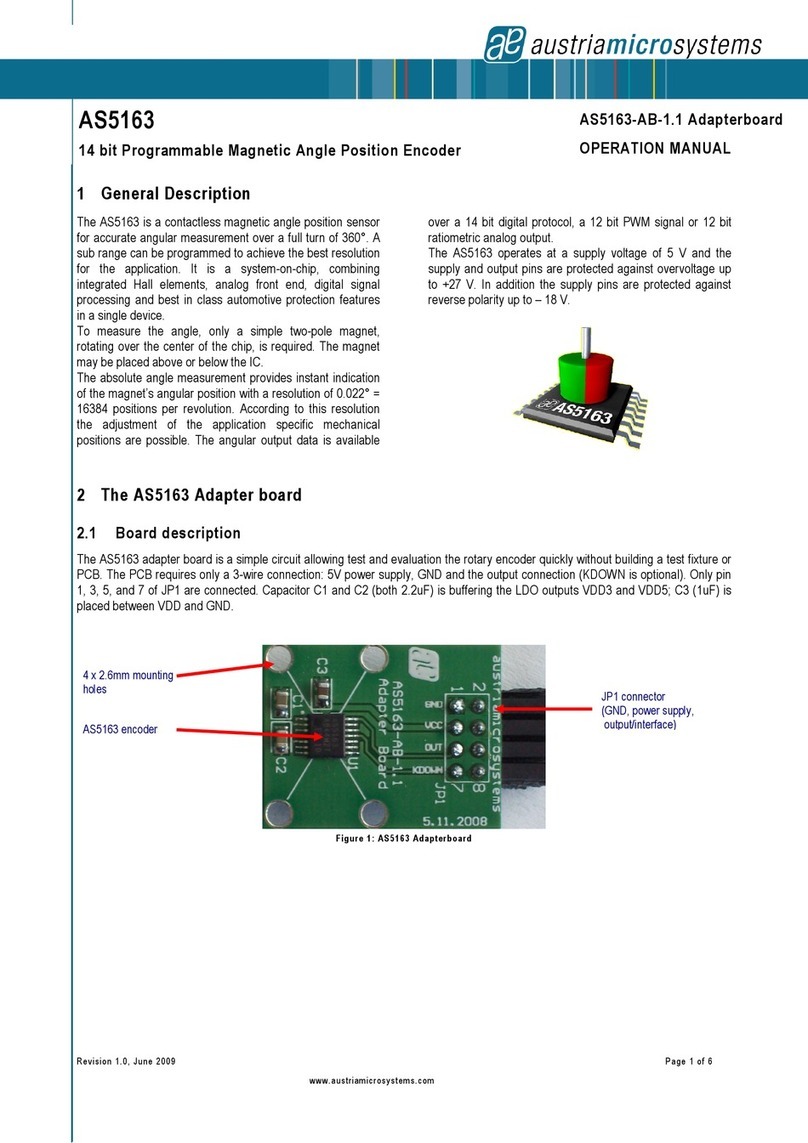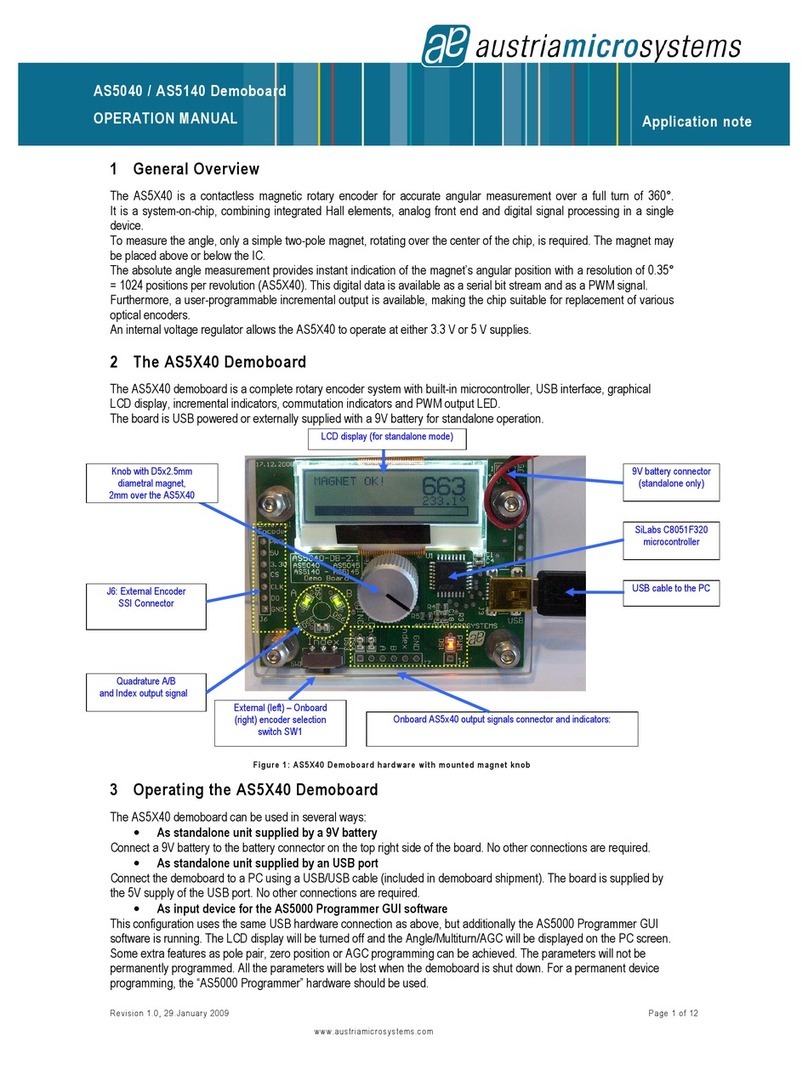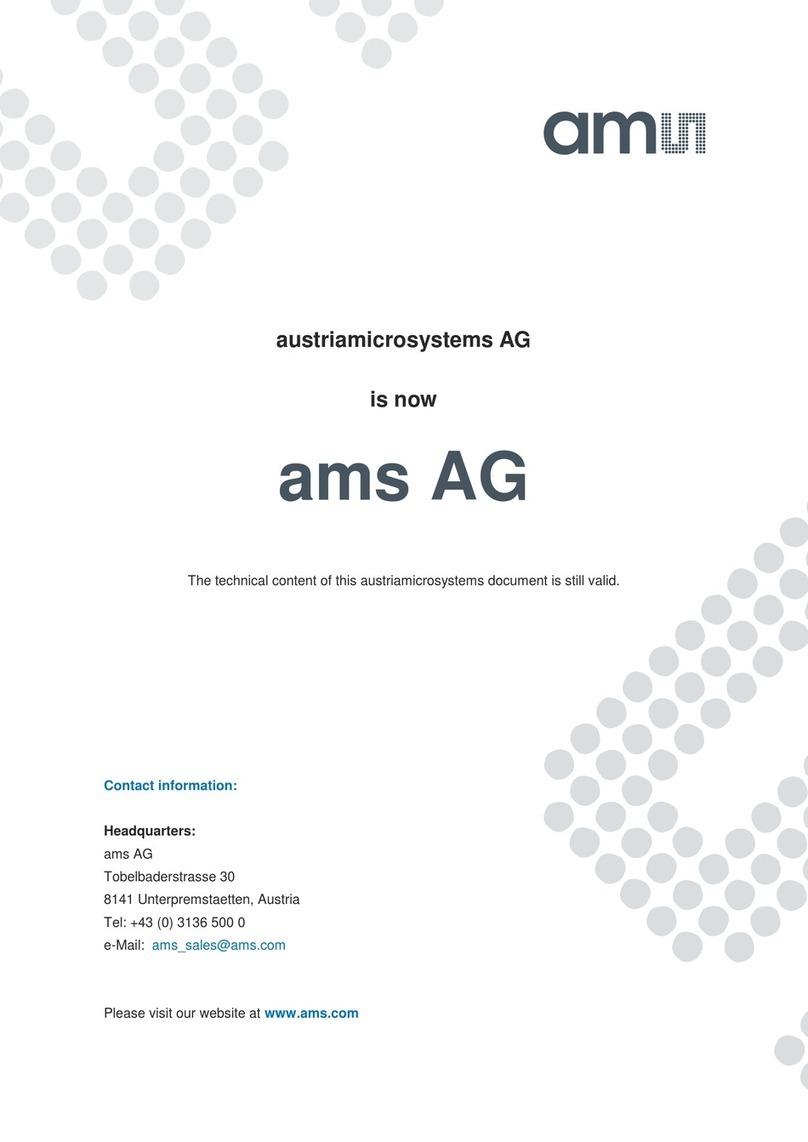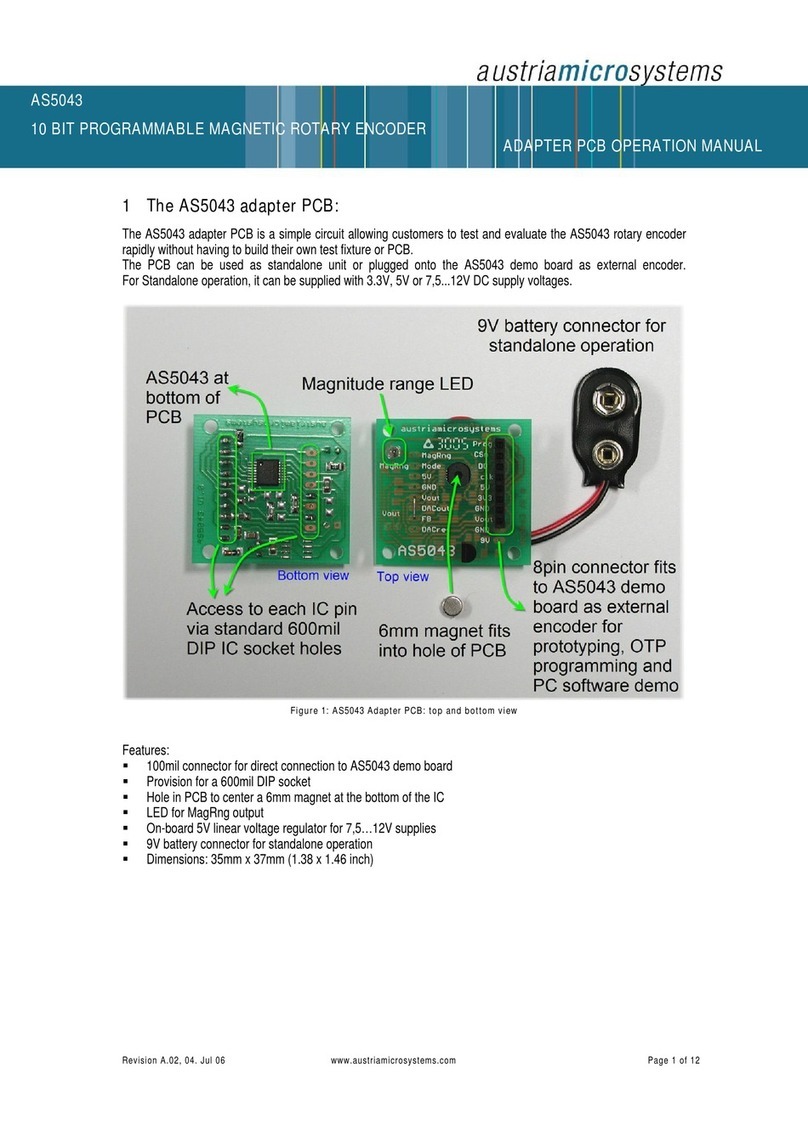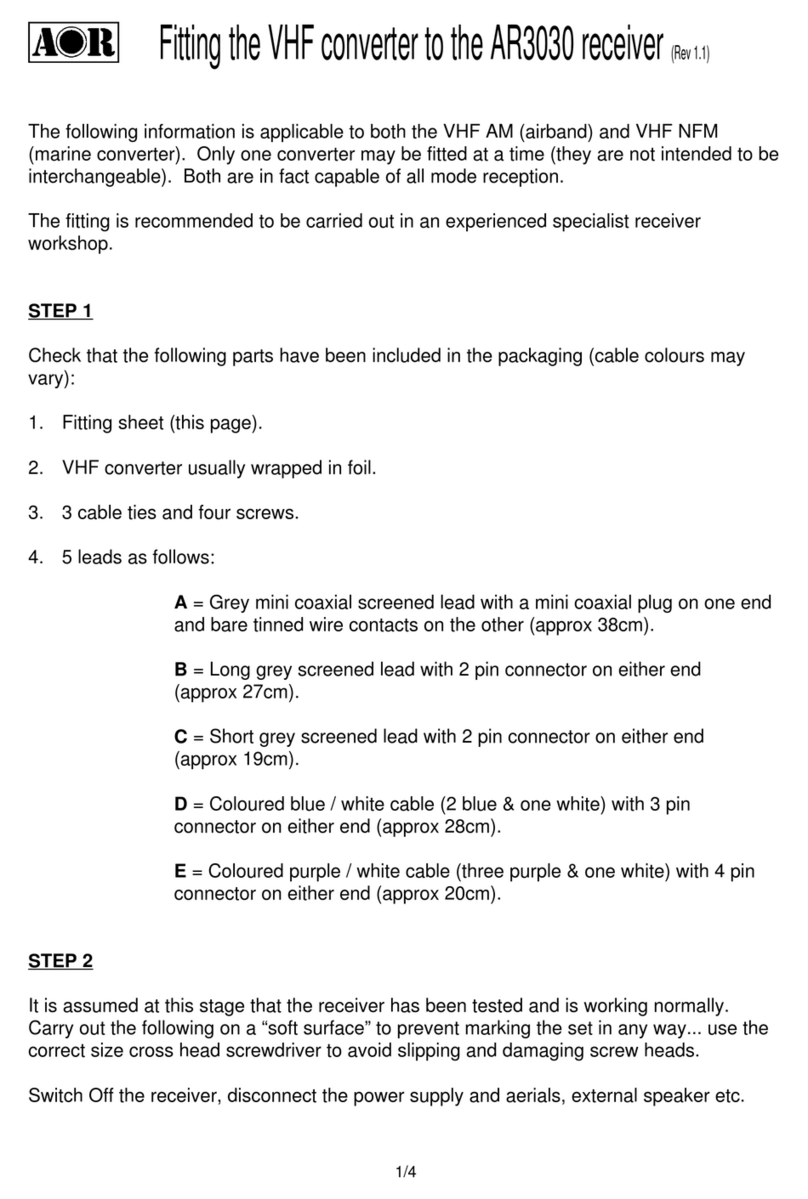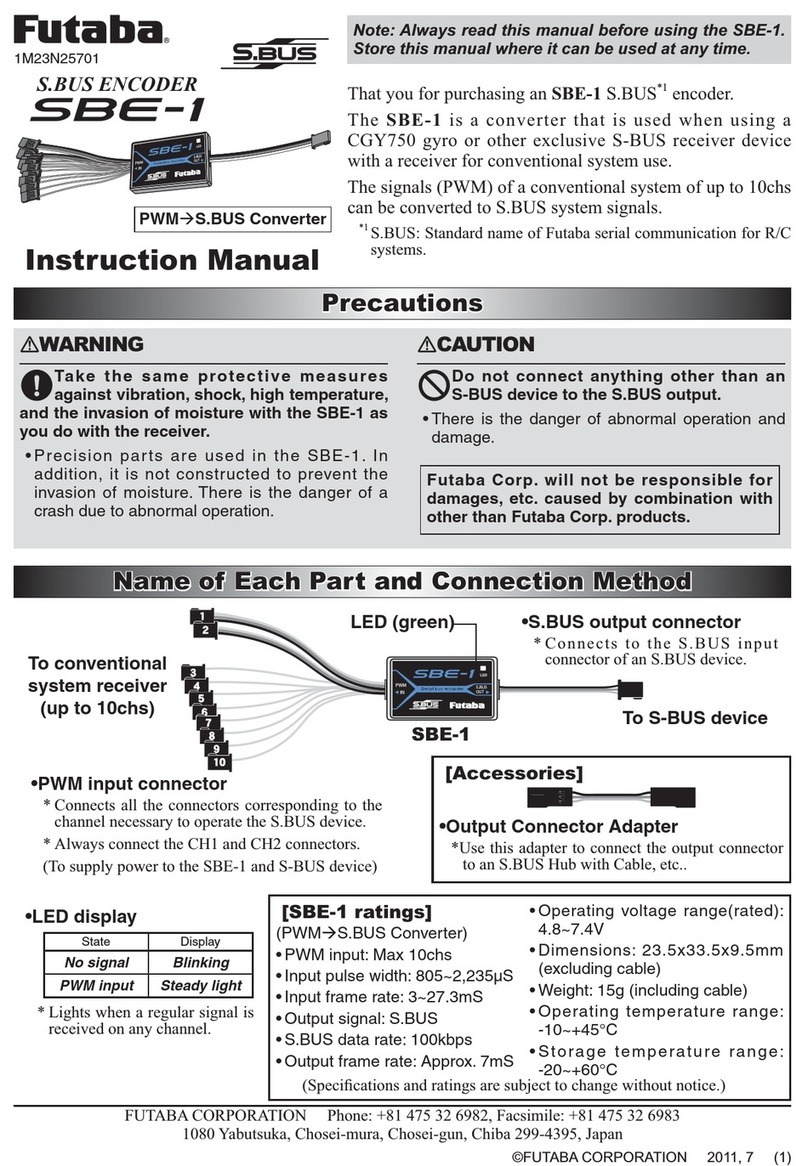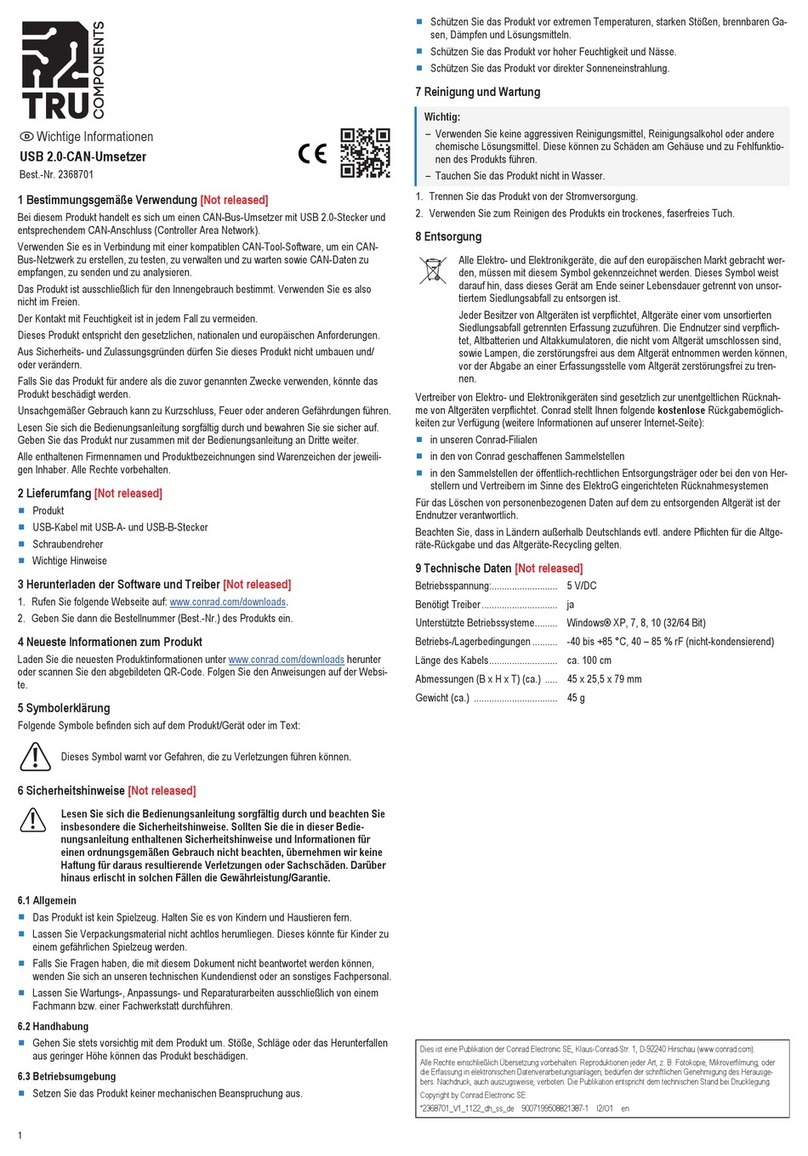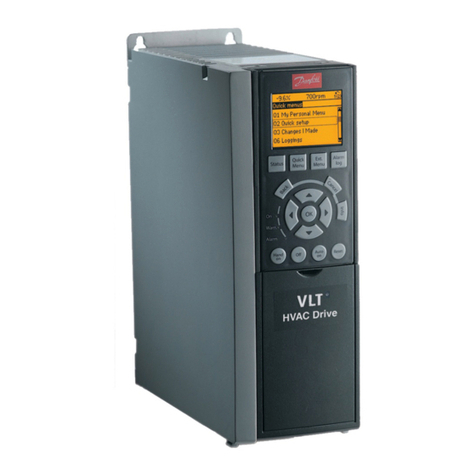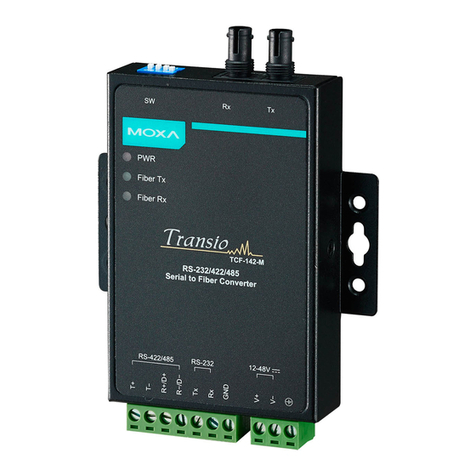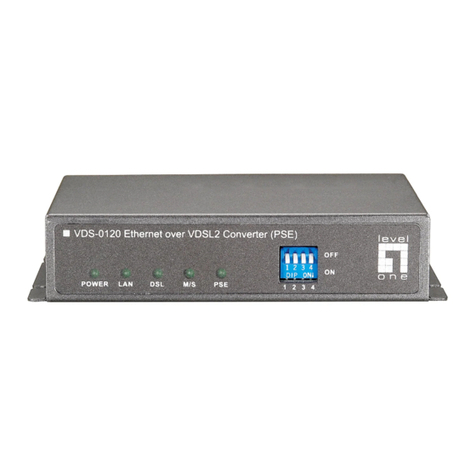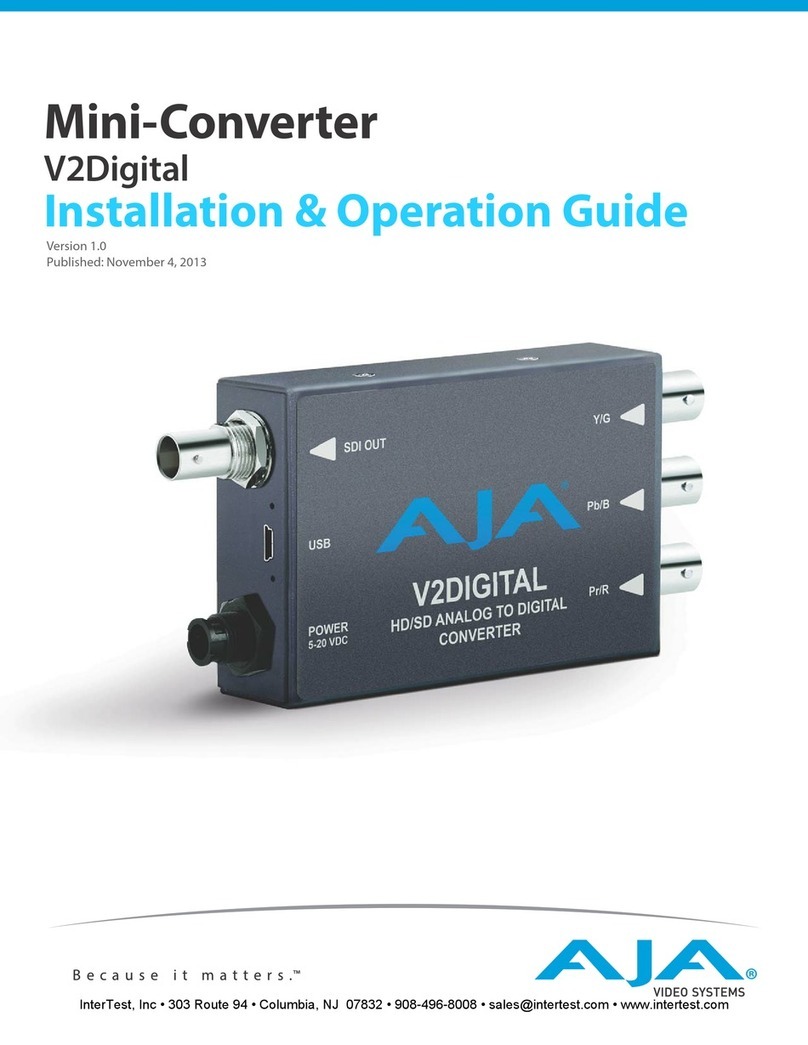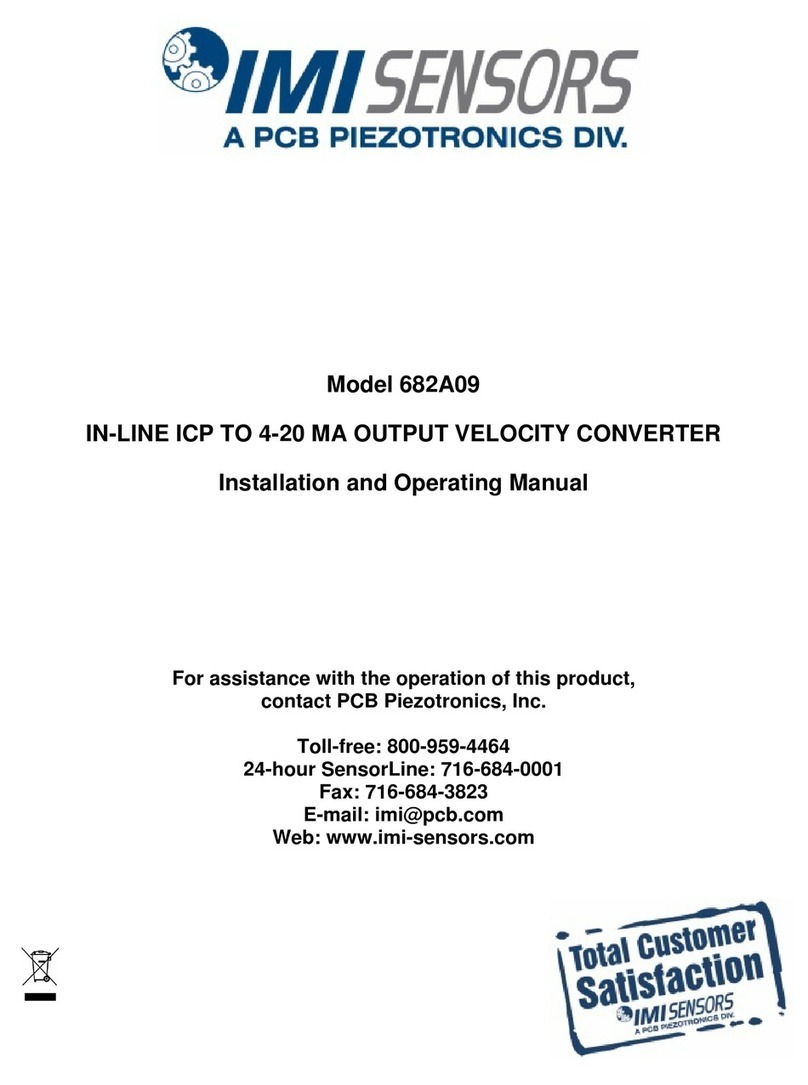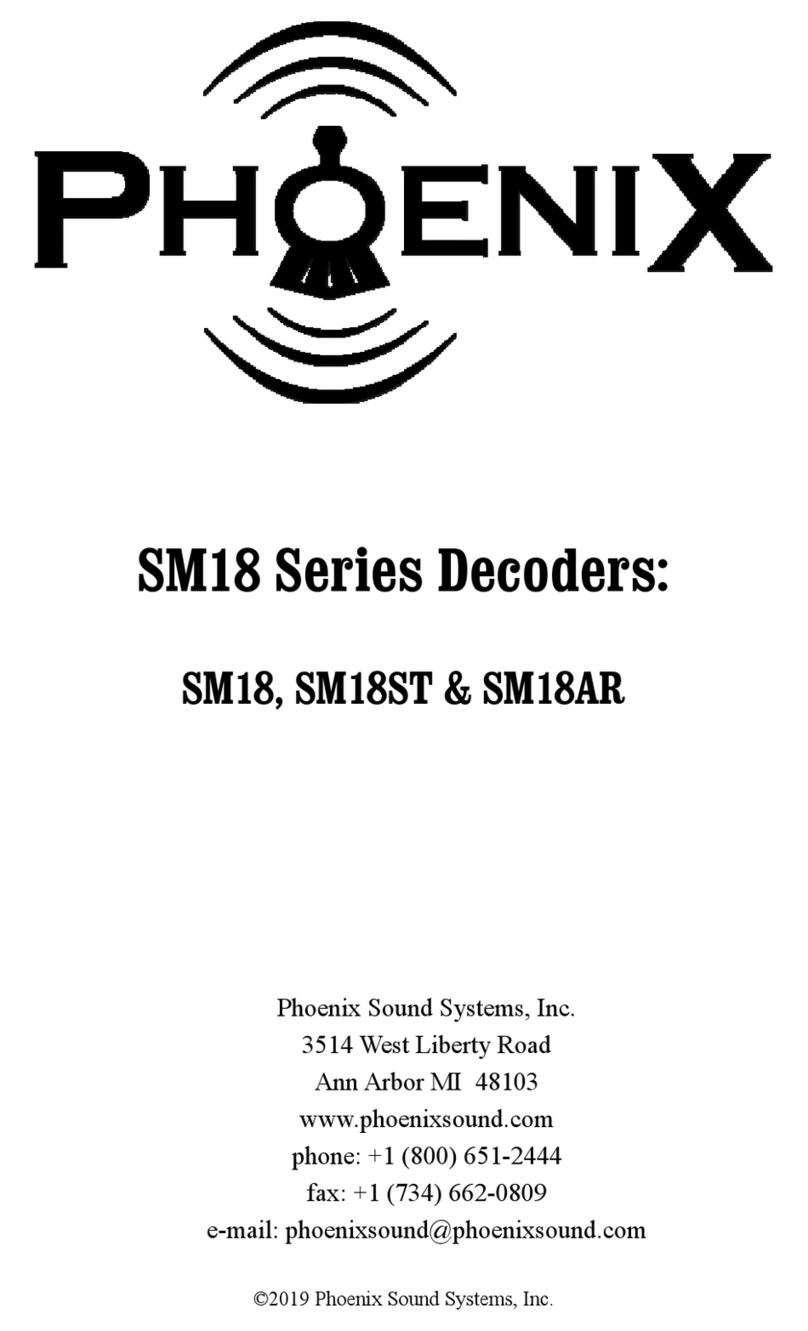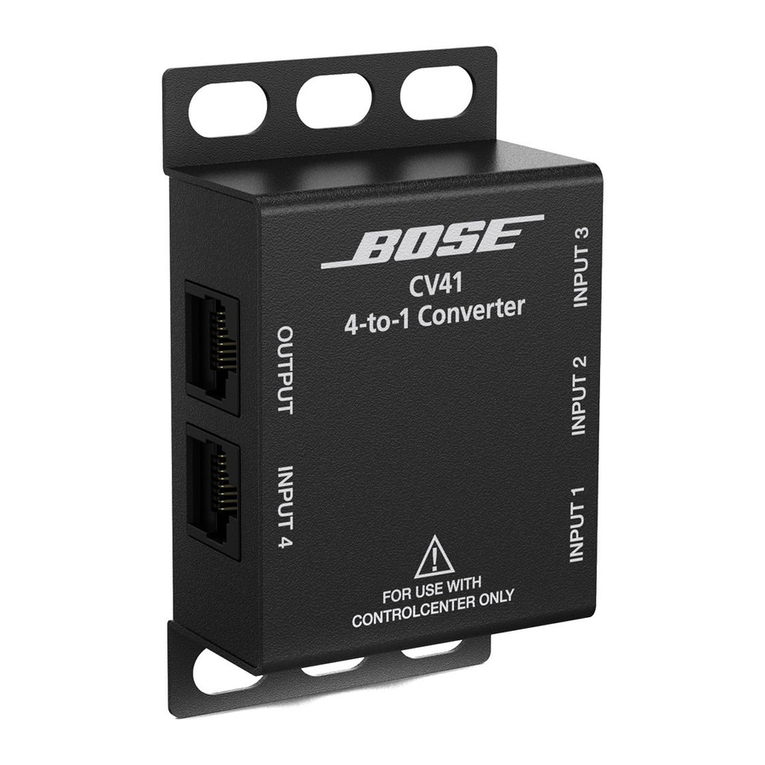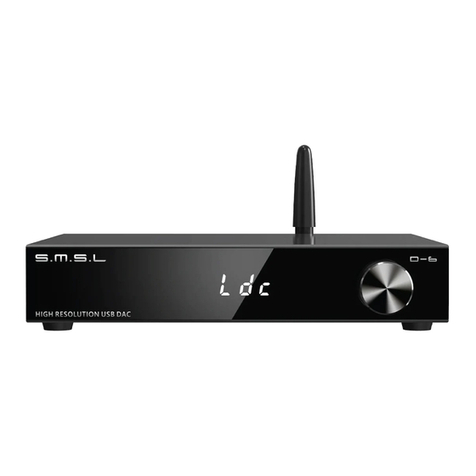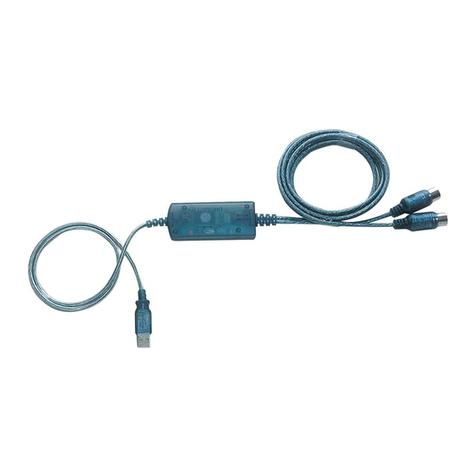
AS3990/AS3991
UHF RFID Single Chip Reader EPC Class1 Gen2 Compatible
www.austriamicrosystems.com/AS3990
www.austriamicrosystems.com/AS3991 Revision 3.9 1 - 51
Datasheet
1 General Description
The AS3990/AS3991 UHF reader chip is an integrated analog front
end and protocol handling systems for a ISO18000-6C 900MHz
RFID reader system.
Equippedwithbuilt-inprogrammingoptions,thedeviceissuitablefor
a wide range of UHF RFID applications. The AS3990/AS3991
includes improved on-board VCO and internal PA.
The reader configuration is achieved by selecting the desired
protocol in control registers. Direct access to all control registers
allows fine tuning of different reader parameters.
Parallel or serial interface can be selected for communication
between the host system (MCU) and the reader IC. When hardware
coders and decoders are used for transmission and reception, data
is transferred via 24 bytes FIFO register.
In case of direct transmission or reception, coders and decoders are
bypassed and the host system can service the analog front end in
real time.
Thetransmitter generates20dBmoutput power into50Ωload and is
capable of ASK or PR-ASK modulation. The integrated supply
voltage regulators ensure supply rejection of the complete reader
system.
Thetransmissionsystemcompriseslowleveldatacoding.Automatic
generation of FrameSync, Preamble, and CRC is supported.
The receiver system allows AM and PM demodulation. The receiver
also comprises automatic gain control option (patent pending) and
selectable gain and signal bandwidth to cover a range of input link
frequency and bit rate options.
The signal strength of AM and PM modulation is measured and can
be accessed in RSSI register.
Thereceiveroutputis selectablebetweendigitized sub-carriersignal
and any of integrated sub-carrier decoders. Selected decoders
deliver bit stream and data clock as outputs.
The receiver system also comprises framing system. This system
performs the CRC check and organizes the data in bytes. Framed
data is accessible to the host system through a 24 byte FIFO
register.
To support external MCU and other circuitry a 3.3V regulated supply
and clock outputs are available. The regulated supply has 20mA
current capability.
The AS3990/AS3991 is available in a 64-pin QFN (9mm x 9mm),
ensuring the smallest possible footprint.
2 Key Features
Filters dedicated to 250kHz and 320kHz M4 and M8 DRM
operation. Available RX modes:
- LF40kHz, 160kHz: FM0, M2, M4, M8
- LF 250kHz, 320kHz, 640kHz: M4, M8
ISO18000-6C (EPC Gen2) full protocol support
ISO18000-6A,B compatibility in direct mode
Integrated low level transmission coding
Integrated low level decoders
Integrated data framing
Integrated CRC checking
Parallel 8-bit or serial4-pinSPIinterface to MCU using24bytes
FIFO
Voltage range for communication to MCU between 1.8V and
5.5V
Selectable clock output for MCU
Integrated supply voltage regulator (20mA), which can be used
to supply MCU and other external circuitry
Integrated supply voltage regulator for the RF output stage,
providing rejection to supply noise
Internal power amplifier (20dBm) for short range applications
Modulator using ASK or PR-ASK modulation
Adjustable ASK modulation index
AM & PM demodulation ensuring no“communication holes”
with automatic I/Q selection
Built-in reception low-pass and high-pass filters having select-
able corner frequencies
Selectable reception gain
Reception automatic gain control
AD converter for measuring TX power using external RF power
detector
DA converter for controlling external power amplifier
Frequency hopping support
On-board VCO and PLL covering complete RFID frequency
range 840MHz to 960MHz
Oscillator using 20MHz crystal
Power down, standby and active mode
Can be powered by USB with no need for step conversion
3 Applications
The device is an ideal solution for UHF RFID reader systems and
hand-held UHF RFID readers.
ams AG
Technical content still valid




















